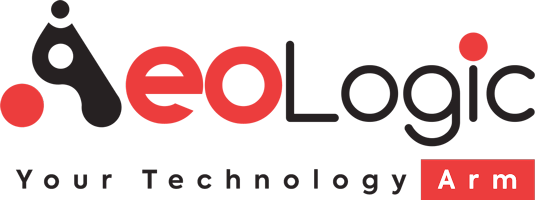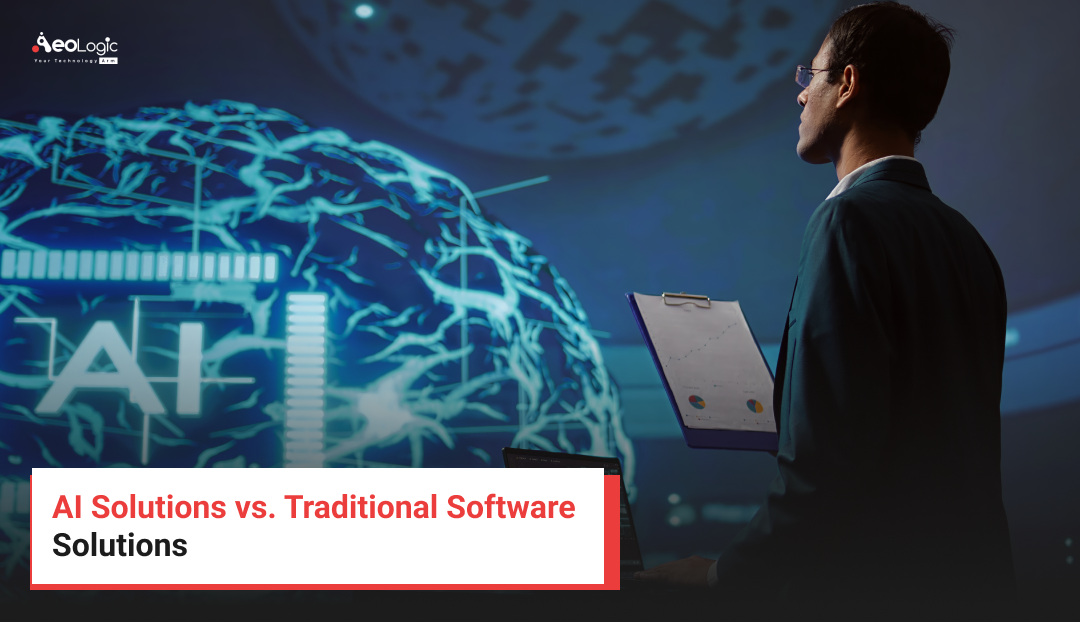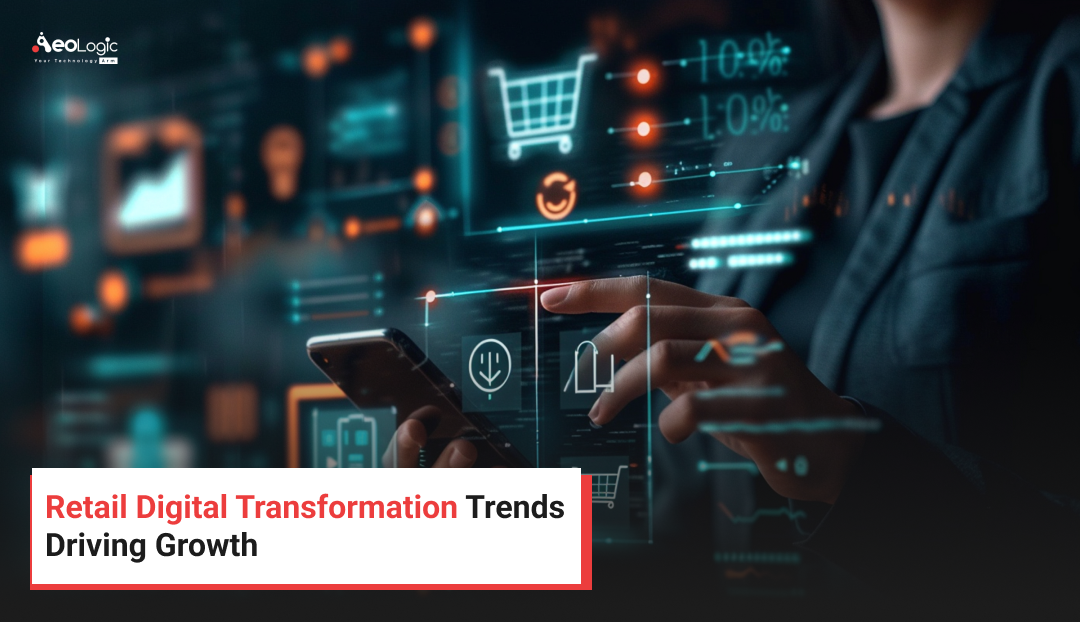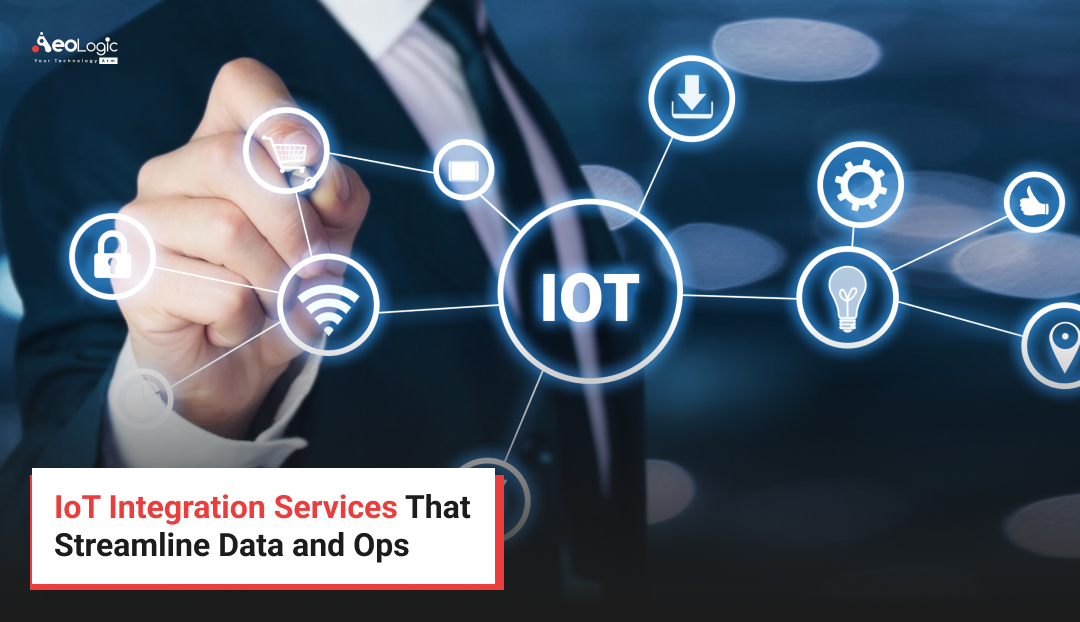The technology world is changing faster than ever. Businesses that once relied on simple, rule-based software are now turning to AI-powered solutions to stay competitive and efficient.
This shift has sparked a new discussion — AI Solutions vs. Traditional Software — and how they differ in performance, intelligence, and impact on business operations.
Traditional software follows a predefined set of rules written by developers. It performs tasks exactly as instructed — nothing more, nothing less.
AI solutions, however, go beyond simple coding. They learn, adapt, and improve over time using data and machine learning algorithms.
As industries move toward automation, analytics, and intelligent decision-making, understanding these two approaches becomes essential for companies planning their digital future.
This blog explains how both models work, their key differences, benefits, and when to choose one over the other.
What Are Traditional Software Solutions?
Traditional software is based on fixed programming logic. Developers define every possible input and output in advance, and the system follows those instructions.
Think of it like a calculator — it performs exactly what you tell it to, but it doesn’t “understand” what you’re trying to do.
Examples of Traditional Software:
-
Accounting or ERP systems.
-
Inventory tracking tools.
-
Web-based CRM dashboards.
-
Payroll management software.
These systems are rule-driven — meaning if something isn’t part of the original code, the system won’t know how to handle it.
Traditional software has powered businesses for decades because it’s stable, reliable, and easy to maintain. However, as data volumes grow and business environments change rapidly, this rigidity becomes a limitation.
What Are AI Solutions?
AI (Artificial Intelligence) solutions are software systems designed to simulate human intelligence — analyzing data, recognizing patterns, and making decisions with minimal human input.
Unlike traditional software, AI systems are not limited to pre-written rules. They learn from data and adapt as they gain more experience.
Examples of AI Solutions:
-
Chatbots that learn from customer conversations.
-
Predictive maintenance systems in manufacturing.
-
AI-driven recommendation engines like Netflix or Amazon.
-
Intelligent fraud detection systems in banking.
These systems use machine learning, deep learning, and natural language processing (NLP) to process data, find patterns, and generate insights.
In simple terms, while traditional software needs human guidance to function, AI learns on its own and gets better with time.
Why the Comparison Matters
The discussion around AI Solutions vs. Traditional Software is more than technical — it’s strategic.
Businesses need to decide whether they want predictable, rule-based systems (traditional) or intelligent, adaptive systems (AI).
The right choice depends on:
-
The type of problem you want to solve.
-
The complexity of your data.
-
Your organization’s readiness for AI transformation.
Both models have their place. But as technology evolves, more companies are realizing that AI isn’t just a future trend — it’s becoming a necessity for competitive advantage.
How Traditional Software Works
Traditional software operates on a straightforward logic: developers write the rules, and the system executes them exactly as instructed.
Each function is built with explicit instructions, meaning the program can only handle situations that were anticipated during development.
If a new or unexpected scenario arises, the software either fails or requires manual updates to handle it.
Example:
A billing system is programmed to calculate a customer’s total based on product price and tax rate.
If the government introduces a new tax rule that the software wasn’t coded for, a developer must update the code manually — the software can’t adapt by itself.
Traditional systems are reliable and precise for repetitive, rule-based tasks but lack adaptability and learning ability.
How AI Solutions Work
AI-based software goes beyond following commands — it learns from data, identifies patterns, and improves performance over time.
Instead of waiting for developers to tell it what to do in every situation, AI systems use algorithms like machine learning (ML) and deep learning (DL) to make decisions independently.
How AI Systems Work Step-by-Step:
-
Data Collection: The system gathers information from sensors, databases, or user interactions.
-
Pattern Recognition: It analyzes the data to detect trends, behaviors, or anomalies.
-
Prediction & Action: Based on its learning, it predicts outcomes or performs tasks automatically.
-
Continuous Learning: The system refines its understanding with every new data input — getting smarter over time.
Example:
An AI-powered CRM learns from previous customer interactions to suggest the best response for future conversations. It identifies which messages lead to higher conversions and adjusts automatically — something traditional software can’t do.
Key Differences Between AI Solutions and Traditional Software
| Feature | AI Solutions | Traditional Software |
|---|---|---|
| Logic | Learns and adapts from data. | Operates on pre-programmed rules. |
| Decision-Making | Autonomous and predictive. | Deterministic and rule-based. |
| Data Handling | Analyzes large, unstructured datasets. | Works mainly with structured data. |
| User Involvement | Minimal — learns automatically. | High — requires manual updates. |
| Scalability | Grows smarter and more capable over time. | Static unless manually upgraded. |
| Performance | Improves with data and training. | Remains fixed without changes. |
| Maintenance | Ongoing tuning and retraining. | Periodic software updates. |
| Example Use | Fraud detection, chatbots, predictive analytics. | Payroll systems, spreadsheets, accounting tools. |
In short — traditional software does what it’s told; AI software figures out what to do next.
Advantages of AI Solutions Over Traditional Software
Let’s go through why more companies are shifting toward AI-powered solutions.
1. Smarter Decision-Making
AI analyzes data in real time and provides intelligent recommendations — whether it’s optimizing supply chains or predicting customer behavior.
Traditional systems rely on static rules and can’t handle complex or changing environments.
2. Automation Beyond Rules
While traditional software automates repetitive tasks, AI takes it a step further — automating reasoning and decision-making.
For instance, AI in HR systems can screen resumes, assess skills, and recommend candidates automatically, instead of just storing CVs.
3. Continuous Learning and Improvement
The more data AI systems process, the more accurate and efficient they become.
Traditional software performance, however, remains constant until manually improved by developers.
4. Handling Big and Unstructured Data
AI can process massive datasets — including text, images, and speech — which traditional systems can’t.
That’s why industries use AI for image recognition, voice assistants, and predictive analytics.
5. Predictive and Proactive Operations
AI identifies trends and anomalies before problems occur — helping businesses make better, faster decisions.
Traditional systems react after the issue arises.
6. Personalized Experiences
From personalized ads to customized product recommendations, AI delivers tailored experiences for every user.
Traditional software treats all users the same way because it doesn’t “understand” individual behavior.
Real-World Use Cases of AI Solutions
AI is already transforming how organizations work in almost every industry. Here are some practical examples showing how businesses are adopting it today.
1. Retail and E-commerce
Online retailers use AI to recommend products, manage stock, and forecast demand.
Example: An e-commerce company uses AI to analyze past purchases and suggest personalized items for each shopper. This boosts sales and reduces cart abandonment.
2. Healthcare
AI systems scan medical images to detect diseases faster and more accurately than humans. They also help doctors predict patient risks and design personalized treatment plans.
3. Finance and Banking
Banks use AI for fraud detection, credit-risk analysis, and automated customer support. Algorithms learn from transaction patterns to catch unusual behavior instantly.
4. Manufacturing
AI-powered predictive-maintenance tools analyze machine data to forecast breakdowns. Factories fix problems before they happen, cutting downtime by up to 30 percent.
5. Marketing and Customer Engagement
AI tools study consumer behavior and automatically adjust ad campaigns. Marketers can reach the right audience with better timing and messaging.
Examples of Traditional Software in Action
Traditional software remains vital in many organizations that require stability and simple automation.
-
Accounting Systems: Used to manage payroll, expenses, and invoices.
-
CRM Tools: Store customer data and manage relationships.
-
Inventory Software: Tracks stock and orders using rule-based logic.
-
ERP Systems: Handle planning, production, and resource allocation.
These systems are reliable and easy to maintain, but they don’t evolve automatically when business needs or data patterns change.
Challenges of Both Approaches
No technology is perfect. Each model has its strengths and hurdles that companies must consider before investing.
Challenges of AI Solutions
-
High Initial Cost: AI requires quality data, skilled professionals, and infrastructure.
-
Data Dependency: Without clean, large datasets, results can be unreliable.
-
Complex Integration: Linking AI systems with legacy software is often hard.
-
Continuous Training: Models need regular updates and retraining.
-
Ethical Concerns: Bias in data can lead to unfair decisions.
Challenges of Traditional Software
-
Limited Flexibility: Cannot adapt to changing business rules without manual updates.
-
Manual Dependence: Requires more human intervention and monitoring.
-
No Learning Capability: Performance stays static over time.
-
Data Overload: Hard to handle unstructured or big data volumes.
-
Lower Competitiveness: Can fall behind companies using AI automation and analytics.
Cost and ROI Comparison
| Factor | AI Solutions | Traditional Software |
|---|---|---|
| Initial Investment | Higher (data setup + training). | Lower (one-time license). |
| Maintenance Cost | Medium — requires ongoing model updates. | Low — periodic patches. |
| Scalability | Highly scalable with cloud support. | Limited to hardware capacity. |
| Human Dependency | Low — self-learning and automated. | High — manual supervision. |
| Accuracy & Performance | Improves over time as it learns. | Fixed until manually improved. |
| Implementation Time | Longer due to data preparation. | Faster to deploy. |
| Long-Term ROI | High — reduces cost and drives innovation. | Moderate — saves time but limited growth. |
Example:
A manufacturing firm that switched from rule-based maintenance software to AI-based predictive monitoring saw maintenance costs drop by 25 percent within a year. Although the initial setup was costly, the investment paid off quickly through reduced downtime and energy savings.
The Future of Software Development
The world of software is moving rapidly from rule-based systems to data-driven intelligence.
In the coming years, AI will not just be a part of software — it will become the software.
Traditional tools will continue to exist, but AI will redefine how they function by adding automation, predictive capabilities, and personalization.
Here’s what the future of software development looks like:
-
AI-driven coding: Systems that help developers write, debug, and optimize code automatically.
-
Predictive business systems: Software that makes decisions proactively rather than reactively.
-
Continuous learning applications: Tools that evolve based on user behavior and data.
-
Hybrid models: A mix of AI and traditional logic, combining stability with intelligence.
As technology advances, businesses that rely only on traditional systems will find it harder to keep up with speed, innovation, and customer expectations.
AI isn’t replacing software — it’s transforming it into something smarter, faster, and adaptive.
When to Choose AI and When to Stick with Traditional Software
There’s no one-size-fits-all answer. The choice between AI Solutions vs. Traditional Software depends on your business goals, data availability, and technical maturity.
Here’s a quick decision guide:
| Business Scenario | Best Fit |
|---|---|
| Routine, rule-based operations | Traditional Software |
| Large datasets and analytics-driven processes | AI Solutions |
| Limited budget and resources | Traditional Software |
| Need for learning and predictive capabilities | AI Solutions |
| Fixed, regulated environments | Traditional Software |
| Dynamic environments (e.g., e-commerce, logistics) | AI Solutions |
Example:
If you run a small accounting firm, traditional ERP software might serve you best. But if you’re an online retailer aiming to personalize customer experiences or forecast demand, an AI-based system would deliver far greater value.
In many cases, the most effective strategy is to combine both — use traditional systems for control and compliance, and integrate AI modules for prediction and automation.
Final Words
The debate of AI Solutions vs. Traditional Software reflects a larger shift — from systems that execute commands to systems that understand and evolve.
Traditional software laid the foundation for modern digital business, offering reliability and consistency. But as data becomes the new fuel for innovation, AI represents the next step — helping organizations make faster, smarter, and more informed decisions.
AI-powered tools don’t just automate processes; they bring insight, adaptability, and foresight into everyday operations.
So, whether you’re looking to upgrade your CRM, optimize your supply chain, or enhance customer engagement, adopting AI solutions will help your business stay agile and future-ready.
The future belongs to organizations that learn, adapt, and innovate — just like AI itself.
FAQs
1. What’s the main difference between AI solutions and traditional software?
Traditional software works on predefined rules. AI software learns from data and adapts, allowing it to make intelligent predictions and automate decisions.
2. Is AI always better than traditional software?
Not always. For simple, rule-based operations, traditional software is more cost-effective. AI adds value where there’s complex data and decision-making involved.
3. Can traditional software be upgraded to include AI?
Yes. Aeologic specializes in integrating AI components with existing systems — so you can enhance performance without rebuilding everything from scratch.
4. Is AI software expensive?
Initial development can cost more, but AI delivers higher long-term ROI through automation, reduced errors, and faster decision-making.
5. How does Aeologic support businesses adopting AI?
Aeologic offers end-to-end support — from AI consulting and data setup to model training and system integration — ensuring smooth digital transformation.

9+ years experienced Software Engineer with a demonstrated history of working in the information technology and services industry. Skilled in iOS,Flutter, Software Development, Objective-C, Xcode, and Swift. Strong engineering professional graduated from UPTU.






